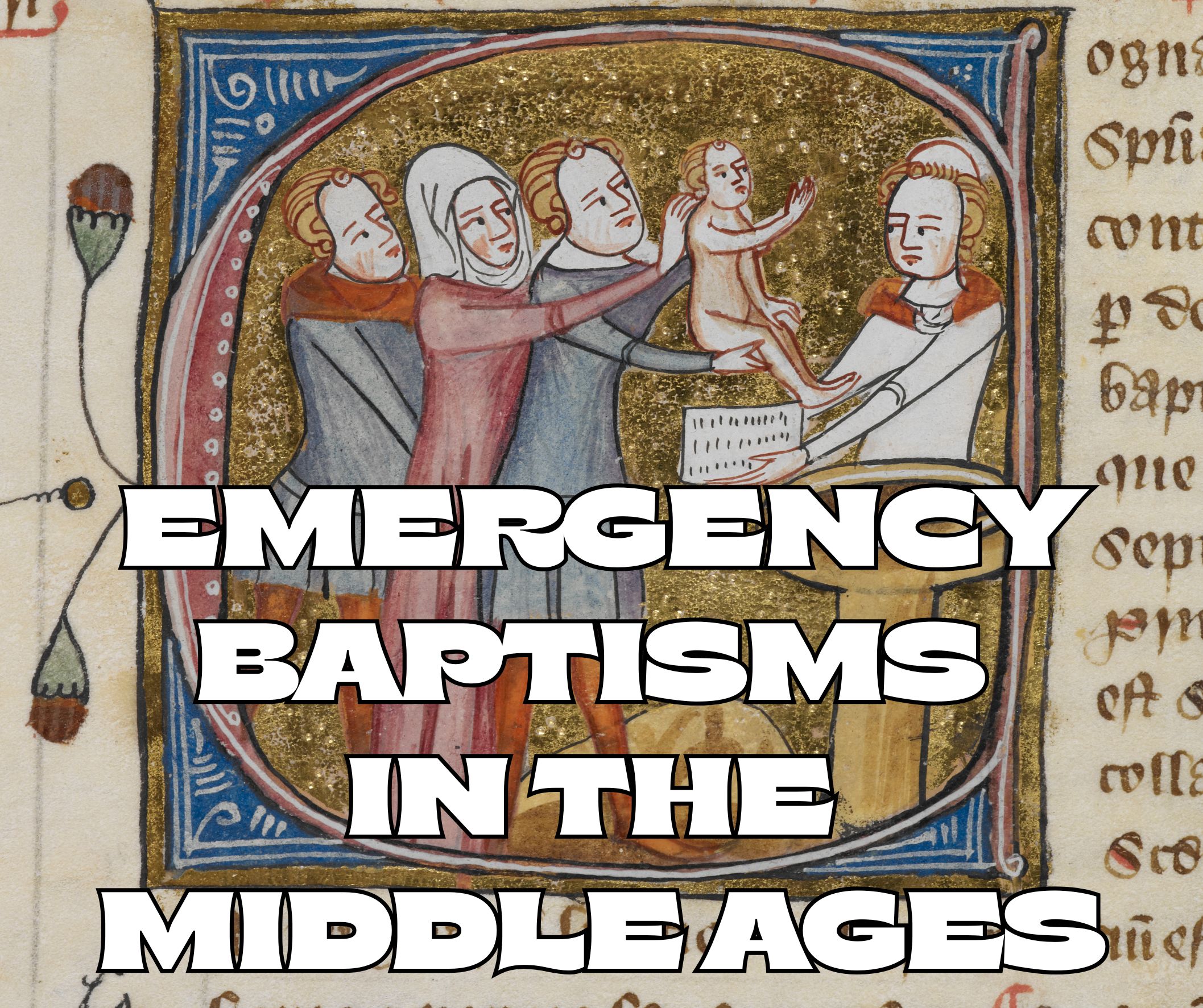
"In Christian practice during the Middle Ages, baptism was the requirement for gaining salvation. It was the sacrament that erased original sin and placed the person within the body of Christ. But this focus on baptism created a very important question: who was to perform the rite? Ideally, it should be done by an ordained cleric in a proper facility. However, the Church did admit that, in a case of emergency, other individuals, including lay men and women, could validly and successfully administer the sacrament."
"From late antiquity onwards, the Western Church insisted that a priest was the proper minister of baptism. Usually, a bishop administered the rite at Easter Vigil, representing entry into the Church community by way of its hierarchical nature. This role was gradually transferred to parish priests by the early medieval years, when infants began to be baptized throughout the rest of the year."
"But even as the Church centralized sacramental authority in clerical hands, it was also forced to recognize the impermanence of life and the common fear of dying unbaptized. Rates of infant mortality were high, childbirth was perilous, and pilgrimages to parish churches could be inconvenient. The result was a tension between theology's perfect order and the untamed realities of medieval existence."
Baptism was required for salvation in medieval Christian practice, erasing original sin and incorporating the person into the body of Christ. Ordained clergy were regarded as the proper ministers of baptism, with bishops traditionally administering the rite at the Easter Vigil and parish priests later taking on routine infant baptisms. Canon law and liturgical manuals reserved sacramental administration to clergy acting in persona Christi. High infant mortality, perilous childbirth, and travel difficulties produced widespread fear of dying unbaptized, prompting allowances for lay men and women to administer baptism in emergencies. Early theologians such as Augustine and Ambrose held that valid baptism depended on correct form and Trinitarian invocation, not the minister's clerical status.
Read at Medievalists.net
Unable to calculate read time
Collection
[
|
...
]